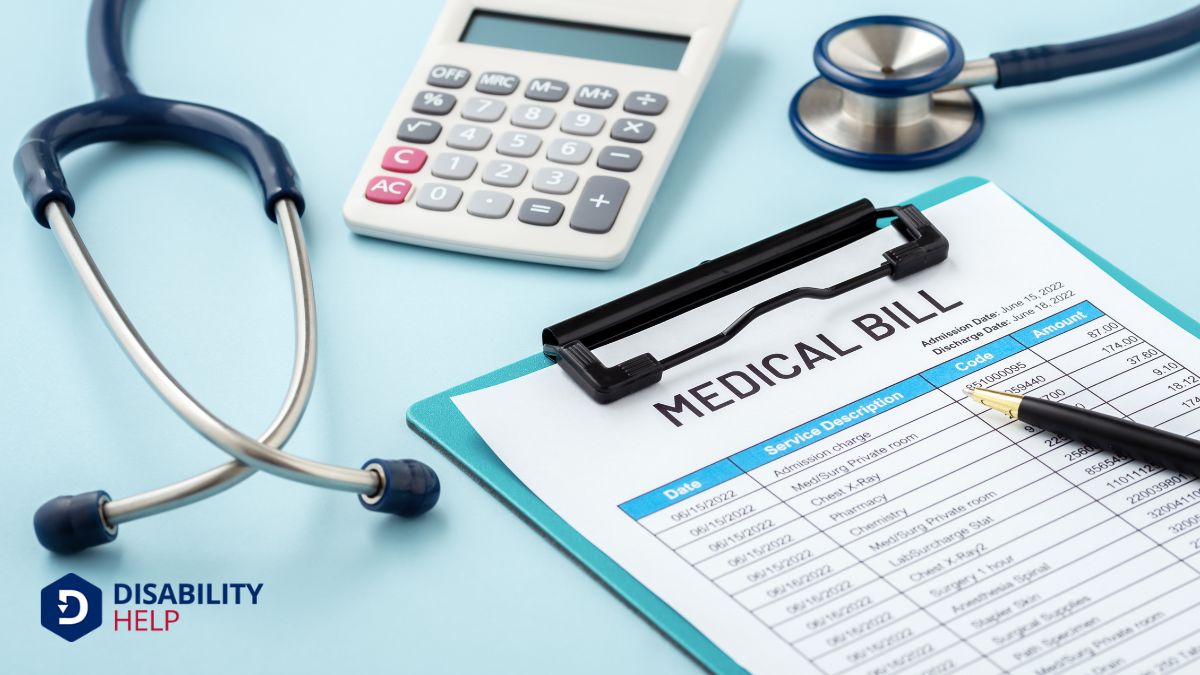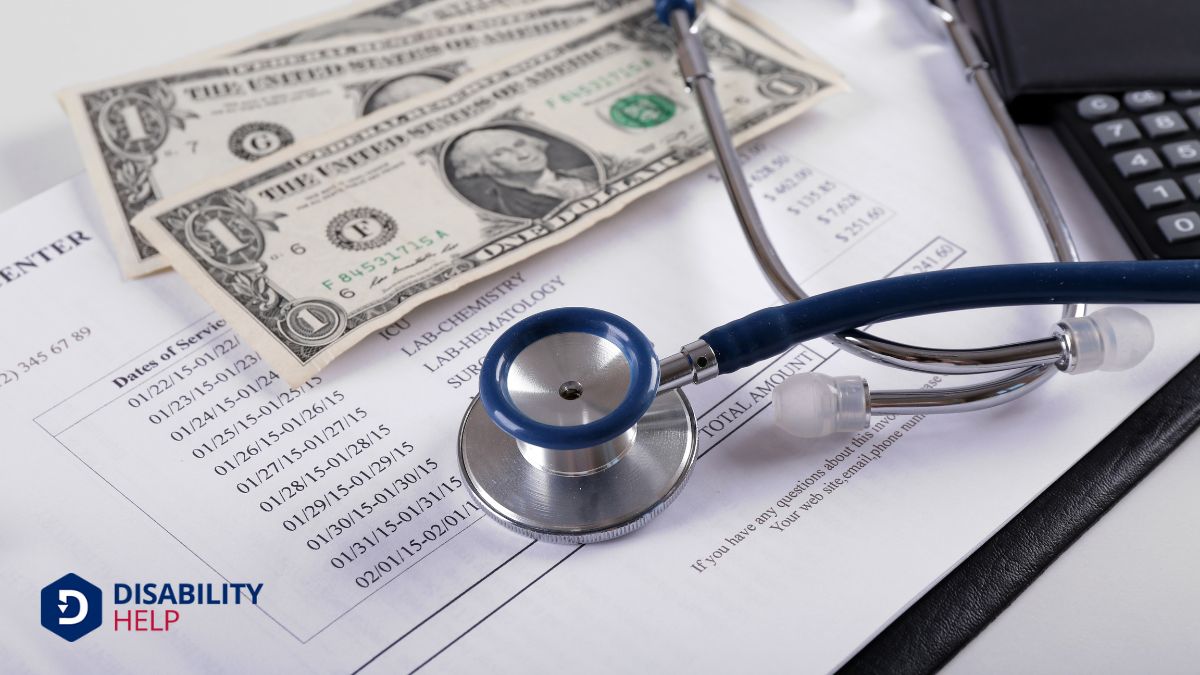When it comes to receiving reimbursement for our medical expenses, we have various effective strategies available to us. By utilizing Health Reimbursement Arrangements (HRAs) offered by employers, investigating financial aid programs from healthcare providers, and establishing Health Savings Accounts (HSAs), we can greatly alleviate the impact of medical expenses. Each of these approaches provides distinct advantages and can be customized to suit varying financial circumstances. But how can we determine which one is suitable for us, and what actions should we take to optimize these chances? Let's delve into this more deeply.
Key Takeaways
- Utilize health reimbursement arrangements (HRAs) to reimburse qualifying medical expenses like doctor visits and prescriptions.
- Maximize Health Savings Accounts (HSAs) to save pretax money and request reimbursements for medical expenses.
- Explore financial assistance programs for potential support in reducing healthcare costs.
- Ensure enrollment in required health plans to access HRA and HSA benefits.
- Check eligibility and apply for financial aid directly with healthcare providers.
Utilize Health Reimbursement Arrangements (HRAs)

Health Reimbursement Arrangements (HRAs) offer a flexible way for employees to manage healthcare costs without relying solely on traditional health coverage. Unlike typical insurance plans, HRAs are employer-funded group health plans with a fixed annual contribution. This means our employer sets aside a certain amount of money each year for us to use on healthcare expenses, providing a valuable resource for managing costs.
One of the key benefits of HRAs is their flexibility. We can use these funds to qualify for medical expenses, which include things like doctor visits, prescriptions, and even certain over-the-counter medications. Some HRAs also allow us to use the funds to pay for monthly premiums, giving us more options to tailor our healthcare spending.
However, to utilize an HRA, we do need to have health coverage and may need to enroll in a specific health plan. It's essential to understand the tax implications and explore all options to maximize the benefits of our HRA.
Additionally, if we don't use all the funds within the year, many HRAs allow the remaining balance to carry over, ensuring we don't lose out on these valuable contributions.
Explore Financial Assistance Programs
Exploring the complexities of medical expenses can be overwhelming, especially when costs quickly add up. One effective way to manage these expenses is by tapping into financial assistance programs. These programs are designed to provide support for those of us facing challenges with health care costs. They can offer various forms of assistance, such as reduced costs, sliding scale fees, or even free care in some cases.
To make the most of these programs, let's look at three key steps:
- Check Eligibility Criteria: Financial assistance programs often have specific eligibility requirements based on income levels and other criteria. It's important to review these criteria to see if we qualify. Hospitals, clinics, and non-profit organizations usually provide this information.
- Inquire Directly with Healthcare Providers: Many health care providers offer financial assistance programs. Don't hesitate to ask about available options when visiting a hospital or clinic. They can guide us through the application process and help us understand our eligibility.
- Utilize Online Resources: There are numerous online resources where we can find information about financial assistance programs. These websites can provide guidance on how to apply and what documentation we might need.
Maximize Health Savings Accounts (HSAs)

When it comes to managing medical expenses, maximizing our Health Savings Accounts (HSAs) can be a game-changer. These accounts let us save pretax money specifically for medical expenses, reducing our taxable income in the process. For 2022, the contribution limits are $3,650 for individual coverage and $7,300 for families, giving us ample opportunity to set aside funds.
To qualify for an HSA, we need to be enrolled in a high-deductible health plan and not be on MedicareA U.S. federal health insurance program for people aged 65 and older, and for some younger people wi.... One of the biggest advantages is that our HSA funds don't expire, so we can use them whenever we need to for qualifying medical expenses like copays, prescriptions, and even certain over-the-counter items. This offers great flexibility and peace of mind.
Another useful feature is that we can contribute to our HSAs up until the tax filing deadline of the following year. This extended period gives us more time to save and plan for future medical expenses.
When it's time to request reimbursement, the process is straightforward, allowing us to easily access the funds we've saved for our health needs. By optimizing our HSAs, we can better manage medical costs and make sure we're financially prepared for any health-related expenses.
Frequently Asked Questions
How do I claim medical expenses through health insuranceA system for paying for medical services, often covering preventive, diagnostic, and treatment costs...?
To claim medical expenses through health insurance, you must submit a claim form along with any required documentation, such as itemized bills and proof of payment from healthcare providers. It's essential to ensure that the services received are covered under your health insurance policy and to follow your insurer's procedures for claim submission.
What are FSAs, and how can they be used for medical expenses?
A Flexible Spending Account (FSA) is a special account funded by pre-tax dollars deducted from your paycheck. You can use funds from an FSA to pay for qualified medical expenses, including prescriptions, deductibles, and copayments. However, funds must be used within the plan year and must be carefully planned to avoid losing unused amounts.
Can I use a Health Savings Account (HSA) for medical expense reimbursement?
Yes, if you have a high-deductible health plan, you may be eligible to contribute to a Health Savings Account (HSA). Funds in an HSA roll over from year to year and can be used to pay for qualified medical expenses tax-free. This account not only helps with current medical expenses but can also be a valuable tool for future healthcare needs.
What documentation is needed to get reimbursed for medical expenses?
To get reimbursed, you typically need to provide itemized receipts or bills that detail the service provided, the date of the service, and the amount charged. Additionally, proof of payment, such as credit card receipts or bank statements, may be required. Always check with your insurance provider, FSA, or HSA administrator for specific documentation requirements.
Conclusion
To sum up, we've discussed three efficient methods to acquire medical expense reimbursement: utilizing HRAs, exploring financial aid programs, and maximizing HSAs. By leveraging these choices, we can improve our management of healthcare expenses and avoid being burdened by medical bills. Let's take proactive steps and optimize these resources to maintain our health and financial stability. Keep in mind that a bit of foresight plays a significant role in safeguarding our financial health.






